
Liver (Anatomy, Histology and Functions)
Location: The liver is the largest gland in our body that weighs between 1 to 2.3 kg in a healthy adult. It is situated in […]

Location: The liver is the largest gland in our body that weighs between 1 to 2.3 kg in a healthy adult. It is situated in […]

The process of respiration in human beings gets completed in four steps; Breathing External respiration Internal respiration (tissue respiration) Cellular respiration (Oxidation of glucose) Breathing […]
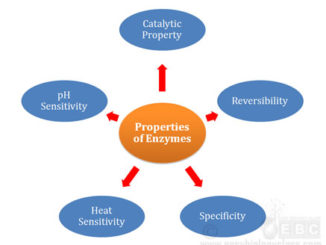
Enzymes are organic compounds (mostly proteins) produced by the living cells to speed up the spontaneous biochemical reactions in and outside the cells in living […]

Mutation caused by the change in the number of chromosomes in an organism is called ploidy or genomatic mutation. It is further of two types: […]
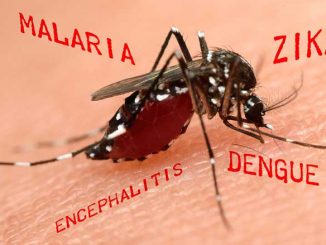
Mosquitoes spread or transmit the worst diseases in people. Diseases like encephalitis, filarial, dengue, malaria, yellow fever are transmitted by mosquito bites. S.N. Diseases Mosquito […]
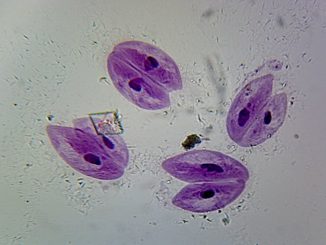
Asexual reproduction: Paramecium reproduces asexually by transverse binary fission and is found during favorable conditions. Binary fission in Paramecium completes in the following steps: Paramecium […]
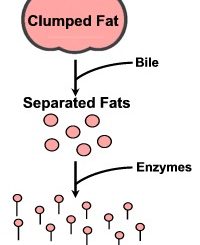
Fats and oils or collectively called lipids or tryglycerides are digested by lipases. Their digestion starts in the stomach and is nearly completed in the […]
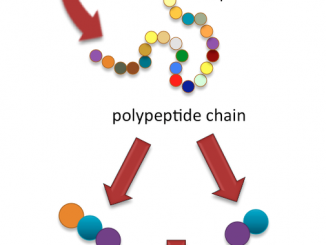
Proteins of the ingested food are broken down into amino acids by proteases (peptidases). The proteases are secreted in inactive pro-enzymes to protect the mucous […]
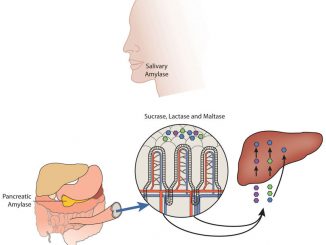
The food that we consume contains three types of carbohydrates namely; polysaccharides, oligosaccharides and disaccharides which need digestion. The polysaccharides include starch, glycogen and cellulose. […]
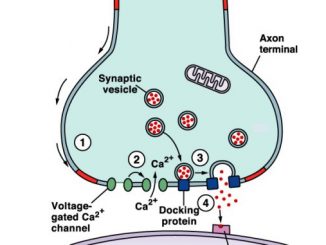
Synapse is the close proximity of the axon of one neuron and the dendrites or cyton of another neuron with a gap of just about […]
Copyright © 2025 | WordPress Theme by MH Themes